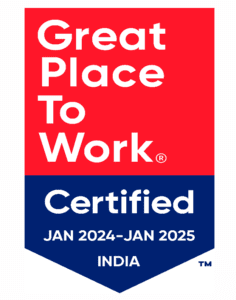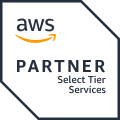Oracle Service Bus (OSB) Middleware Implementation Case Study
About The Client
The client is one of India’s oldest and largest banks and is a leading player in the Indian credit card market with a customer base of over two million customers and growing. The client was seeking a technology and consulting partner to migrate its existing middleware to Oracle fusion middleware, so as to address issues on security, scalability and reusability.
Key Challenges
Multiple frameworks and platform for service provisioning.
High cost and time to market for new services.
High maintenance cost for existing solutions, and business logic replication.
Integration complexity between disparate front-end and back-end systems.
Non-standard and diff erent integration between various front-end applications like mobile, website, IVR and back-end.
Client’s next generation of applications to be written using loosely coupled web services.
Non-reusable services introduce redundancy and increase development and maintenance costs.
Increase intrinsic interoperability.
Security and auditing.
SDG Solution
Benefits Delivered
Technology Used
- Oracle SOA 11g(11.1.1.7), including OSB
- BPEL, Mediator, Rules, OWSM and BAM
- Enterprise Manager
- SVN, Quality center
- Weblogic service 10.3.6, Coherence 3.7, Python
- XML, XSD, XPATH. XQuery and XSLT.
- JDK 1.7
About SDG
SDG is a global cybersecurity, identity governance, risk consulting, and advisory firm that advises and partners with clients to address their complex security, compliance, and technology needs and delivers on strategy, transformation, and long-term management of their cybersecurity and IAM programs.




